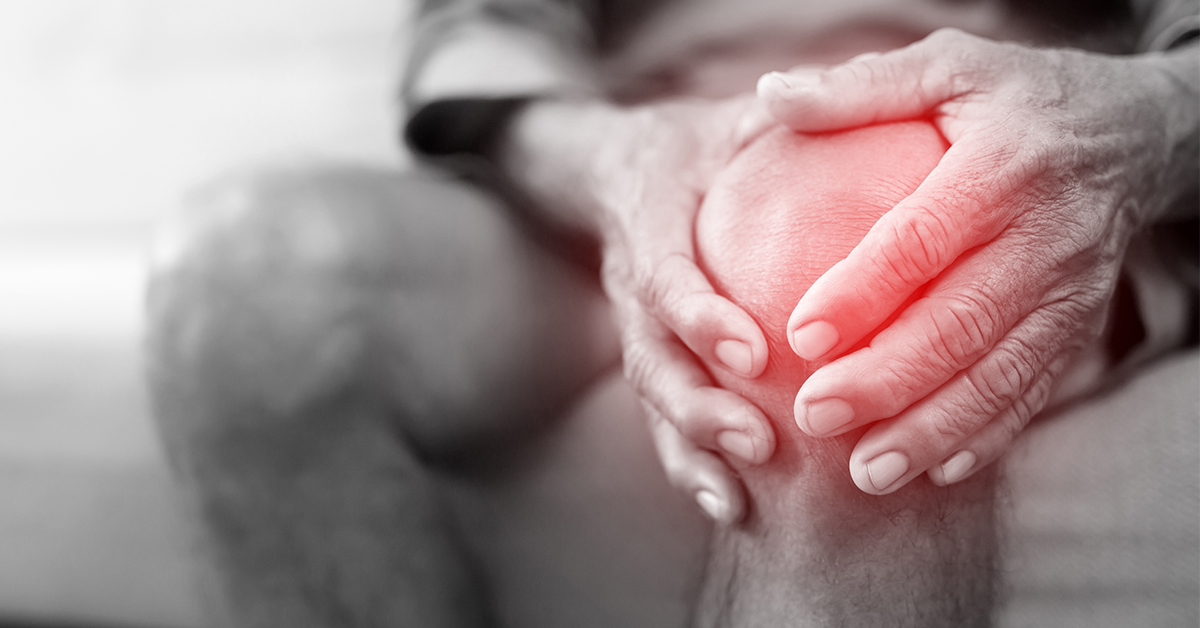
Knee pain is a common issue that can affect individuals of all ages and activity levels. Identifying the type of knee pain you’re experiencing is crucial for effective treatment and management. Different types of knee pain can stem from various causes, ranging from acute injuries to chronic conditions. In this blog, we’ll explore the common types of knee pain, their symptoms, and how to determine what might be causing your discomfort.
Common Types of Knee Pain
1. Acute Knee Pain
Acute knee pain usually occurs suddenly due to an injury. This type of pain is often intense and may be accompanied by swelling, bruising, and difficulty moving the knee.
Common Causes:
• Ligament Injuries: Such as anterior cruciate ligament (ACL) or medial collateral ligament (MCL) tears.
• Meniscus Tears: Damage to the cartilage that cushions the knee joint.
• Fractures: Breaks in the bones around the knee, such as the patella (kneecap).
2. Chronic Knee Pain
Chronic knee pain develops gradually over time and may persist for months or even years. This type of pain is often associated with degenerative conditions or repetitive stress.
Common Causes:
• Osteoarthritis: Degenerative joint disease causing the breakdown of cartilage.
• Rheumatoid Arthritis: An autoimmune disorder that inflames the joint lining.
• Tendinitis: Inflammation of the tendons, such as patellar tendinitis.
3. Overuse Knee Pain
Overuse knee pain results from repetitive activities that put stress on the knee joint, leading to inflammation and discomfort.
Common Causes:
• Runner’s Knee (Patellofemoral Pain Syndrome): Pain around the kneecap from overuse or improper alignment.
• Iliotibial Band Syndrome (ITBS): Inflammation of the IT band that runs along the outside of the thigh to the knee.
4. Referred Knee Pain
Referred knee pain originates from issues in other parts of the body, such as the hip or lower back, and radiates to the knee.
Common Causes:
• Sciatica: Compression of the sciatic nerve causing pain that radiates down the leg.
• Hip Osteoarthritis: Degeneration in the hip joint causing pain that affects the knee.
Symptoms to Watch For
To identify the type of knee pain you have, pay attention to the following symptoms:
Location of the Pain
• Front of the Knee: Often associated with patellar tendinitis or patellofemoral pain syndrome.
• Inside of the Knee: May indicate a medial meniscus tear or MCL injury.
• Outside of the Knee: Could be related to ITBS or lateral meniscus tear.
• Back of the Knee: Commonly linked to a Baker’s cyst or hamstring tendinitis.
Onset and Duration
• Sudden Onset: Typically related to acute injuries like ligament tears or fractures.
• Gradual Onset: More common in chronic conditions such as osteoarthritis or overuse injuries.
Nature of the Pain
• Sharp Pain: Often indicates an acute injury.
• Dull, Aching Pain: More typical of chronic conditions like arthritis.
• Burning or Tingling: May suggest nerve involvement, such as sciatica.
Associated Symptoms
• Swelling and Bruising: Common with acute injuries.
• Stiffness: Often associated with arthritis.
• Instability: Feeling of the knee giving way, common in ligament injuries.
• Locking or Catching: May indicate a meniscus tear.
Diagnosing Knee Pain
If you’re experiencing knee pain, it’s essential to consult a healthcare professional for an accurate diagnosis. They may perform a physical examination and recommend imaging tests such as X-rays, MRI, or ultrasound to identify the cause of the pain.
Steps for Diagnosis:
1 Medical History: Your doctor will ask about your symptoms, activity level, and any previous injuries.
2 Physical Examination: Checking for swelling, tenderness, range of motion, and stability.
3 Imaging Tests: X-rays can reveal bone issues, while MRI and ultrasound can provide detailed images of soft tissues.
Treatment Options
Treatment depends on the underlying cause of your knee pain.
Common treatments include:
• Rest and Activity Modification: Reducing or modifying activities that exacerbate the pain.
• Physical Therapy: Exercises to strengthen the muscles around the knee and improve flexibility.
• Medications: Anti-inflammatory drugs to reduce pain and swelling.
• Supportive Devices: Braces or orthotics to support the knee.
• Surgery: In severe cases, surgical intervention may be necessary.
Understanding the type of knee pain you have is crucial for effective treatment and management. By paying attention to the location, onset, nature of the pain, and associated symptoms, you can better communicate your condition to a healthcare professional. Early diagnosis and appropriate treatment can help alleviate pain, improve function, and prevent further injury. If you’re experiencing persistent or severe knee pain, don’t hesitate to seek medical advice for a proper diagnosis and treatment plan.
